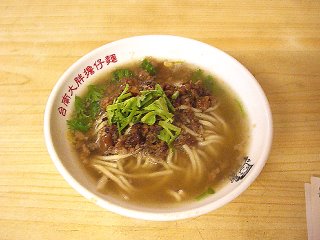★ 锅魁王成都担担面 (Guokui king's Dan-dan Noodles) - Chengdu
 Guokui King is a restaurant right across the street from the Chengdu Sheraton where I was staying at. 锅魁 or "Guokui" is a traditional food stand snack food of Chengdu, a layered baked pastry with meat or green onions wrapped in it. There are also sweet Guokui with sesame and sugar or sweetened red bean paste. While the freshly made guokui on display looked tempting, I only ordered the other food item that is part of this restaurant's name, the 担担面 or Dan-dan noodles.
Guokui King is a restaurant right across the street from the Chengdu Sheraton where I was staying at. 锅魁 or "Guokui" is a traditional food stand snack food of Chengdu, a layered baked pastry with meat or green onions wrapped in it. There are also sweet Guokui with sesame and sugar or sweetened red bean paste. While the freshly made guokui on display looked tempting, I only ordered the other food item that is part of this restaurant's name, the 担担面 or Dan-dan noodles. I visited Guokui King around lunch time on a weekday and the store was really busy, filled with high school students from the school nearby and local office workers. Just trying to make my order was a challenge since the crowd of people did not form a line, just shouting their orders at the cashier. I had to use my questionable Chinese to get my order in, luckily Dan-dan Mian is not that hard to pronounce.
I visited Guokui King around lunch time on a weekday and the store was really busy, filled with high school students from the school nearby and local office workers. Just trying to make my order was a challenge since the crowd of people did not form a line, just shouting their orders at the cashier. I had to use my questionable Chinese to get my order in, luckily Dan-dan Mian is not that hard to pronounce.
The Sauce - is a typical Sichuan style dan-dan noodle sauce, with spicy red chili oil, Chinese peppers for the numbing sensation, and some other spices like Chinese five spice. Besides the spiciness this sauce was quite boring, not offering many other flavors.
 The Noodles - were straight noodles, cooked soft, almost soggy.
The Noodles - were straight noodles, cooked soft, almost soggy.
The Toppings - are some deep fried minced pork, not much seasoning to them either.
Overall - Guokui King should probably keep its focus on just the pastries. Restaurants in Chengdu all gets reviewed and ranked by the city. On the wall of this restaurant was a certificate from Chengdu city stating that the Dan-dan noodle of Guokui King gets a "passing grade"... A passing grade like "D" maybe? I couldn't agree more.
Located across the street from the front entrace of Sheraton Chengdu. The directions in Chinese are: 成都喜来登酒店斜对面.



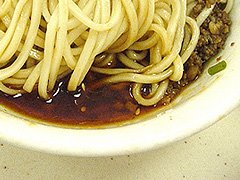 The Sauce - is a red chili oil sauce that was surprisingly not that spicy. There wasn't much flavor to the sauce, it just seems to be there to provide the spiciness. There were some
The Sauce - is a red chili oil sauce that was surprisingly not that spicy. There wasn't much flavor to the sauce, it just seems to be there to provide the spiciness. There were some 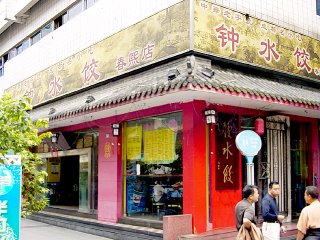
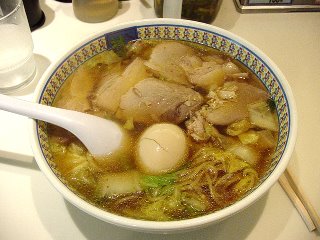

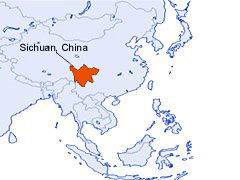
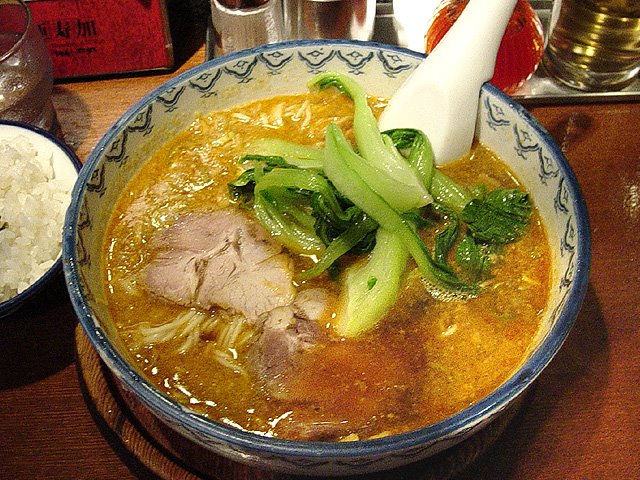 ★★★★ 亜寿加 (Asuka) - Tokyo
★★★★ 亜寿加 (Asuka) - Tokyo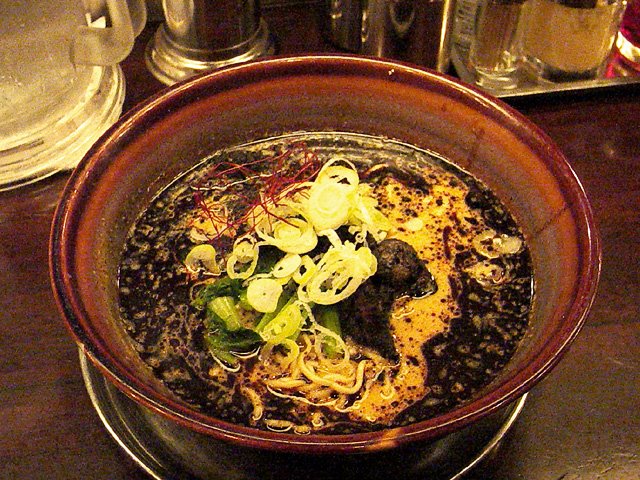
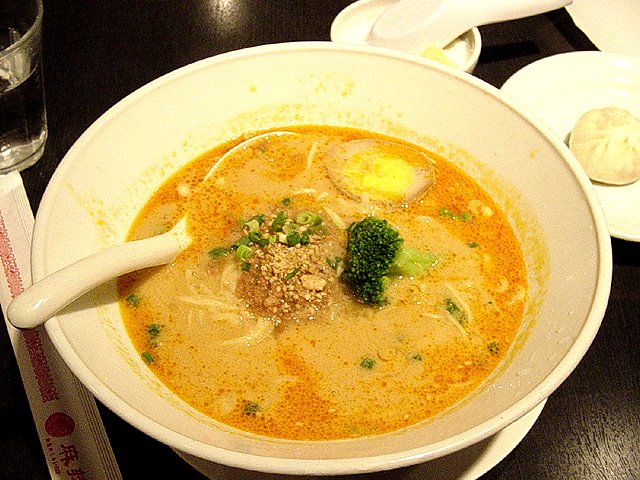

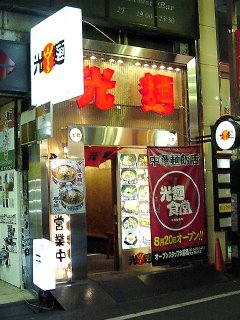

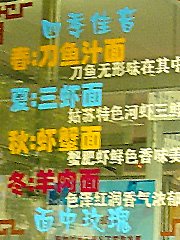

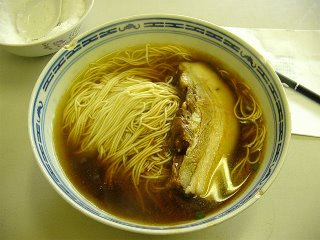
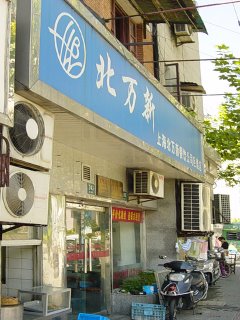

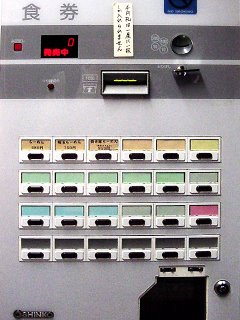


 The Noodles - are slightly thicker curly noodles. Very surpsrising since Kitakata ramen is famous for its flat, curly noodles. While the ramen noodles here are cooked firm, the overall texture of the ramen is only slightly springier than any other usual ramen.
The Noodles - are slightly thicker curly noodles. Very surpsrising since Kitakata ramen is famous for its flat, curly noodles. While the ramen noodles here are cooked firm, the overall texture of the ramen is only slightly springier than any other usual ramen.





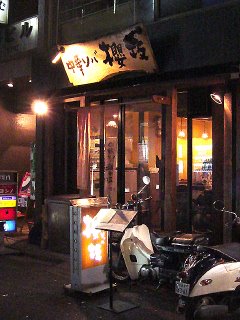
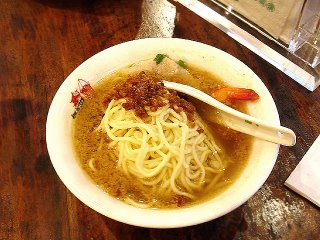
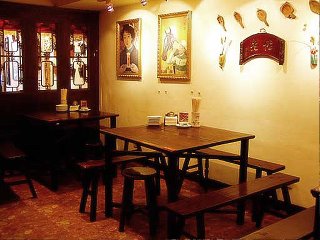
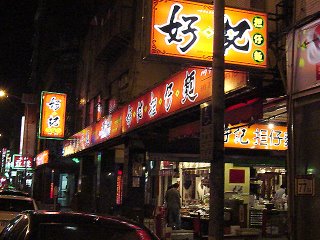

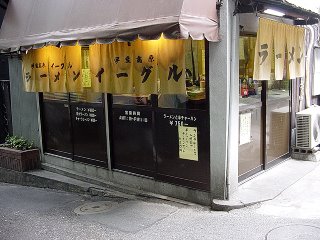
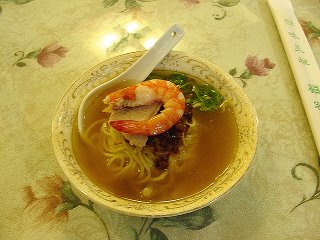
 The Soup - is a simple pork bone soup that is slowly simmered, giving it a clear golden color rather than the creamy pork bone soup you see in Japanese Hakata ramen. The seasoning is simply with salt, though the flavor of the pork sauce does overtake the soup.
The Soup - is a simple pork bone soup that is slowly simmered, giving it a clear golden color rather than the creamy pork bone soup you see in Japanese Hakata ramen. The seasoning is simply with salt, though the flavor of the pork sauce does overtake the soup.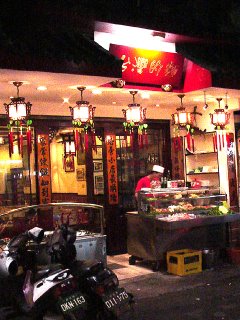

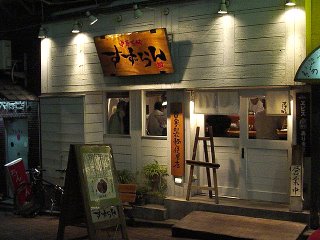
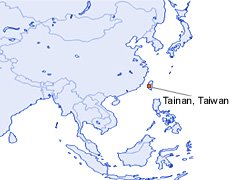
 ★★★★ 好記担仔麺 (Hao-Ji Dan-Zai Noodles) - Taipei
★★★★ 好記担仔麺 (Hao-Ji Dan-Zai Noodles) - Taipei ★★★★ 福哥担仔麺 (Brother Fu's Dan Zai Noodle) - Taipei
★★★★ 福哥担仔麺 (Brother Fu's Dan Zai Noodle) - Taipei  ★★台南大胖擔仔麵 (Tainan Fats Dan-Zai Noodles) - Taipei
★★台南大胖擔仔麵 (Tainan Fats Dan-Zai Noodles) - Taipei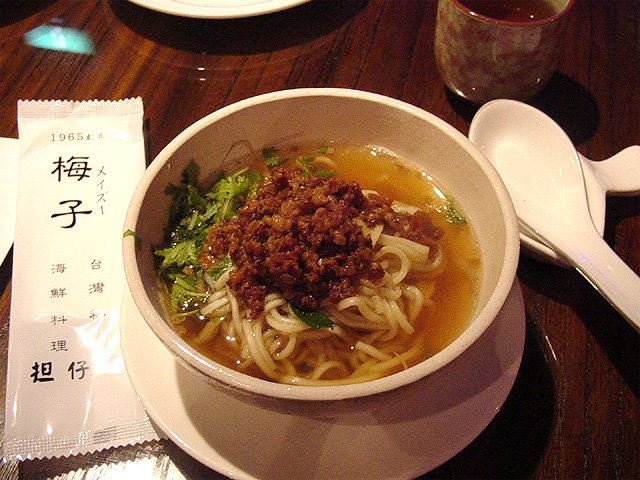 ★★★ 梅子餐廰 (Mei-Zhi Restaurant) - Taipei
★★★ 梅子餐廰 (Mei-Zhi Restaurant) - Taipei 